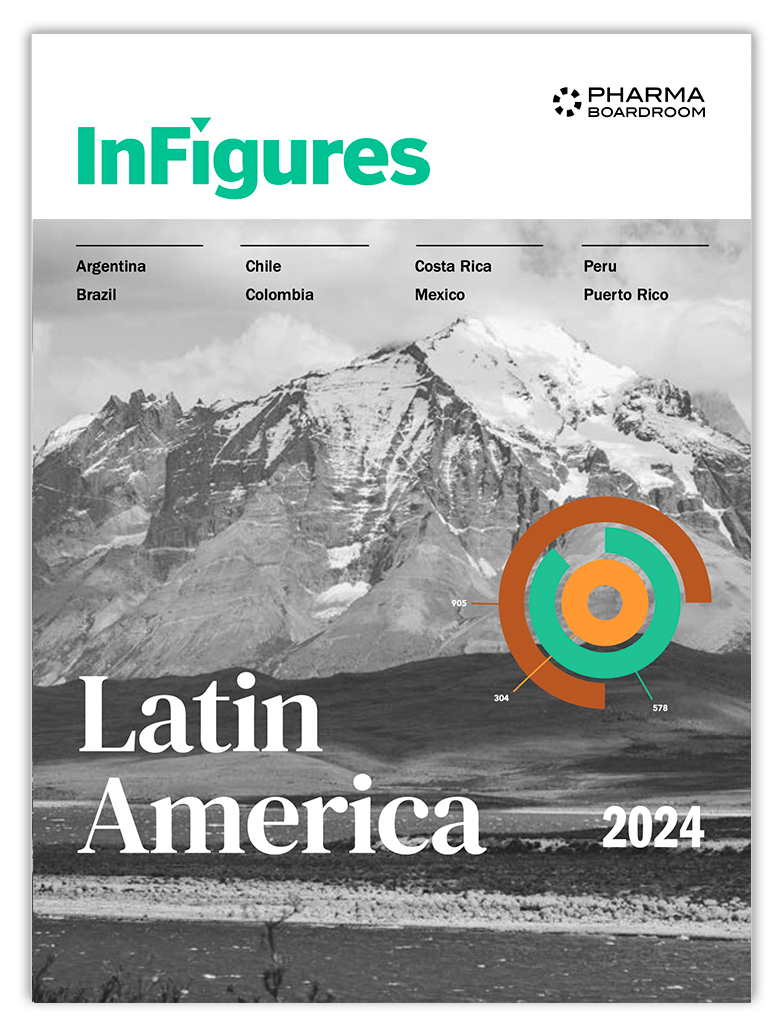While the Italian clinical research community works to an excellent standard of quality, and is relatively competitive in terms of costs, regulatory differences with the rest of Europe pose significant challenges. Mariapia Cirenei and Stefano Marini, president of AICRO and EUCROF respectively, discuss these current challenges, and how the new European clinical trial database and regulation will positively impact the CRO industry in Italy.
How would you assess the competitiveness of Italian CROs overall?
Mariapia Cirenei (MC) – Our researchers, scientists, and clinical research associates are extremely well trained, talented, have significant experience, and overall conduct research of the very highest quality both in the European and global landscape. However, in terms of lead-times there is room for improvement, primarily due to certain regulatory aspects. The homogenization of the Italian regulatory environment with European norms represents a significant opportunity for CROs in Italy, and thus supporting these efforts is the highest priority on our association’s agenda.
Stefano Marini (SM) – There are other points that require improvement as well. One of these points is the number of Ethic Committees existing in Italy. Indeed, we currently have around 100 Ethic committees but, considering that we used to have around 300 Ethic committees two years ago, there has been some advancement on this regard. This fragmentation is still a nightmare for the industry due to the time consuming different documents collection and the high committee’s fees. In addition, within EUCROF we did a survey comparing the site costs for activation to assess the competiveness of the different European countries. Italy had one of the highest activation cost in the European region mainly due the large number of Ethics Committees existing in the country, and the associated fees that must be paid to each one. So this is a significant area for improvement. That said, while start-up costs in Italy are very high, the overall cost of running a clinical trial is quite competitive as compared to the wider European context.
Nevertheless, we expect more improvements in the future, particularly when the EU Clinical Trial Regulation will come into effect by October 2018, thus helping to homogenize clinical trial regulations across all EU.
How much progress is being made toward the harmonization of Italian clinical trial regulations with European norms?
MC – The government and political institutions are doing their best to prepare, but there is still a long road ahead. We have two more years to align everything to the new European clinical trials regulation that will be implemented in 2018, and now it is the moment that all stakeholders must pull together to make this happen. To that end, we are carrying out several initiatives including hosting a workshop on clinical trial observation.
SM – Considering that, through EUCROF, AICRO has participated in the design of the European Clinical Trials Portal and Database, finished last year, we are fully aware of the advancements of this regulation in the European level. This new database will be a real tool to manage the applications of the clinical trials authorizations and it will be completely different from the clinical trials database used in USA (www.clinicaltrials.gov). AICRO is participating in the EMA User Acceptance Testing (UAT) program for this system that has recently been started, and in this regard we are fully committed to the development of this new tool. We are training our people to use this new system in order to be ready to face its launch in 2018, with which a substantial harmonization of regulations throughout EU will become effective under this new system.
What steps are CROs in Italy taking to attract more R&D investment to Italy?
[Featured_in]
SM – The quality of our clinical centers is well-known around the globe, the Italian public health system is a model to follow, and significant improvements to clinical trial regulation are coming. In addition, apart from the excessive number of ethics committees that exist in Italy, the not homogeneous list of documents they require and the associated expenses, our investigators are on average less costly per patient than other European countries. The combination of these four factors makes Italy a great opportunity for any new R&D projects in the future. At the same time, through AICRO and a specific working group, we are also contributing to increase the quality of our hospitals in term of “regulatory requirements awareness” and reduce the industry lead-times through bureaucracy simplification.
MC – I want to underline that Italian CROs have an unsurpassed position in terms of quality. Despite some unique challenges and complications, Italy has been always been at the forefront of innovation within the global life sciences industry. The quality of our facilities and studies has been demonstrated the number of scientific studies conducted in Italy by global sponsors, and the fantastic results of quality inspections carried out by the FDA in Italy in recent years.
[related_story]
More broadly, what are the purpose and the key aims of AICRO as an organization?
MC – AICRO was founded in 2004 and represents 21 out of the 80 CROs that operate in Italy, however our 20 members represent the majority of R&D investment and employment within the Italian CRO sector. Our members employ approximately 1500 permanent employees and attract and circulated EUR 37 millions of R&D investment capital in 2014; in fact, the contribution of CROs to R&D investment in Italy represents 18 percent of total clinical healthcare R&D investment. Research & Development is EUR 1.3 million of which 800 thousand is in Clinical Research. CROs’ contribution is 18%
SM – As an example of the different industry benefits that come from our association, a few years ago we recognized that there was a significant shortage of trained and experienced personnel to carry out the clinical trials for CROs in Italy. This had prompted a significant fight for human resources between different CROs, salaries went up and therefore costs increased substantially. As this situation was unsustainable, the association collaborated to design a plan to attract and train more people to this sector by partnering with universities and educational institutions in order to include more students within our members as interns, so as to develop a larger cohort of new CRAs. I am proud to say that the results so far are very satisfactory, and we are actually surpassing our objectives.
Do you have a final message for our readers regarding AICRO’s ambitions for the Italian clinical research community?
MC – As a president of AICRO my objective is to continue pursuing the same course that the association has taken since its foundation. In my opinion, sharing the information, the advancements, and building up constructive relationships with the entire CRO industry, not only the members of the association and all other stakeholders, including patients, is the path to follow for upcoming years. In the end, we are all in the same boat and we should row towards the same direction. In conclusion I’m optimistic on the future of the CRO business in Italy and the general competitiveness of the country, provided that we continue to build up a common open and collaborative strategy.







